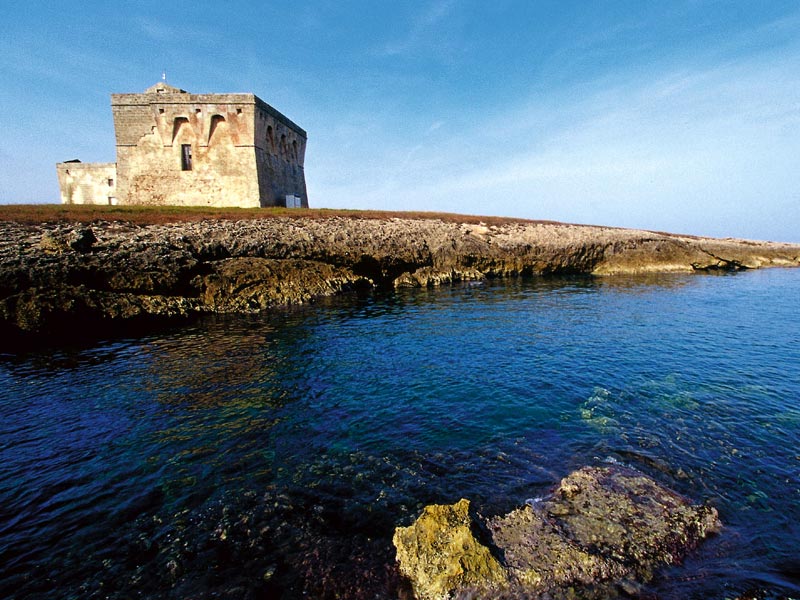Points of Interest
Archaeological Sites
- Santa Sabina (Roman Age)
In the territory near Via Traiana, seat of the post station which was called "ad Speclulas" because of the presence of several caves in the area, several finds belonging to the ancient Messapi population, golden and silver coins, an Egyptian coin, the statue of a Roman goddess, and fifteen funnel-shaped graves have been discovered.
- Torre Guaceto (Roman Age)
For its position between the sea and Via Traiana, this location was used by the Romans as harbor. Archeological area of considerable importance, here agricultural goods (oil, wine, wheat) were boarded together with amphorae which were produced without a doubt in the kilns along the coast, like those found in the south, in location Apani.
Castles
- Dentice di Frasso Castle
Situated in a high position and incorporated in the urban walls system, it has a triangular plan with three keeps at its sides: the most ancient one has a quadrangular shape (11th century), one is circular and the third is almond-shaped, one of the few examples in Italy. It was built at the end of the 14th century on a more ancient nucleus dating back to the 11th century. Goffredo III from Monte Scaglioso lived here first, and after him the Suevian Roberto di Biccari.
- Serranova Castle
Situated near the district of Serranova, this castle was built by the middle-class nobleman Ottavio Serra next to an adjacent keep dating back to the Norman period. The small church of the Crucifix leans against the castle: characterized by a simple architecture, it preserves inside an 18th century wooden crucifix to which the citizens are particularly devoted, since they believe it works miracles: during the periods of drought, the church becomes a destination for pilgrims who want to avert eventual disasters.
Churches
- Maria Santissima di Belvedere Sanctuary
Built on preexisting rupestrian crypts, it is painted with frescoes imitating the Byzantine style. The chapel and the dormitory were built on an ancient hill; the lateral altar is painted with a fresco portraying the Madonna. The chapel was built thanks to the devotion of the people from Carovigno to the Virgin Mary.
- Sant'Anna Church (17th century)
Built between the end of the 17th century and the beginning of the following century by the Imperiali family. It was "Jus Patronatus" of Michele Imperiale, the feudal lord of Carovigno. The church, adjacent to the castle, followed all its events, becoming the private chapel of the feudal lords who succeeded.
- Carmine Church (17th century)
Along the main avenue of the town, we can admire inside it frescoes dating back to the 17th century and representing the Last Supper, together with a painting representing San Lorenzo, by an unknown painter.
- Matrice Church (16th century)
The building is dedicated to the Assumption and is situated along the road linking Porta Brindisi to Porta Nuova. The Church was enlarged in the 16th century.
© 2024 - Consorzio di Gestione di Torre Guaceto








